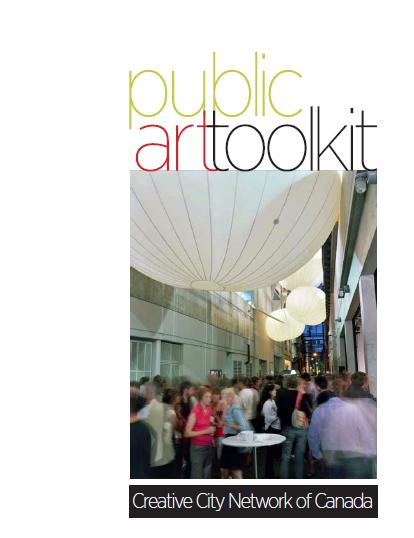If you are just getting started, we have included information about developing a Program mission, operating principles and policies; if you are further along in managing public art, we have included details about selection processes, contracting, and the other important phases of completing a public art project. Throughout the Toolkit, we have included links to examples and resources from around the world, that you may find useful in building support for public art within your agency, crafting a Program or project, and deepening its impact in your community. Our approach is to characterize the process as a series of dynamic relationships of production and reception involving different Points of View: the artist, the commissioning agency, and the publics who encounter the artwork.
There are many individuals involved along the way including local community members, developers, architects, staff, engineers, curators and other art professionals. Our hope is that this toolkit will inspire and assist in achieving excellence in all areas of your work, regardless of the scale of the project—in the artwork itself and the ways in which it is selected, produced and presented. We have provided detailed Case Studies that we consider to represent good practices and have indicated “How” they relate to our guidelines. Examples vary from small to large project—excellence is not a factor of budget. These projects, and the agencies presenting them, respond to both the problems and the potential inherent in public spaces; they are flexible, nimble, creative and rigourous in how the work is planned and implemented and this is reflected in the resulting artwork.
The toolkit information is linked internally and externally and meant to be used interactively according to your own priorities. Terms like “artist,” “agency,” “developer” and so forth are linked to the “Who” section that describes the roles of the many individuals necessary to bring a work of art to completion. Other terms may be found in a glossary of definitions that stem from the worlds of contemporary art, engineering, architecture and the diverse disciplines that converge in public art projects.
We wish to thank the Creative City Network of Canada for the opportunity, the staff in Vancouver who facilitated and assisted the process, associates who provided feedback, and the artists who inspire our work.
Read more
Format
Theme





